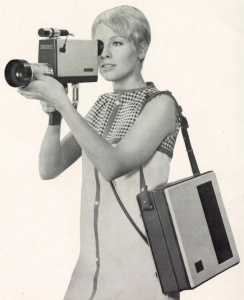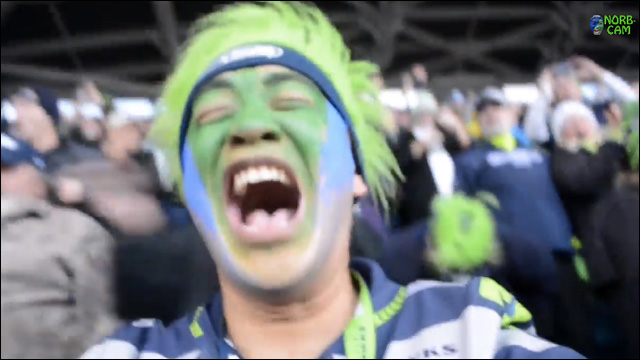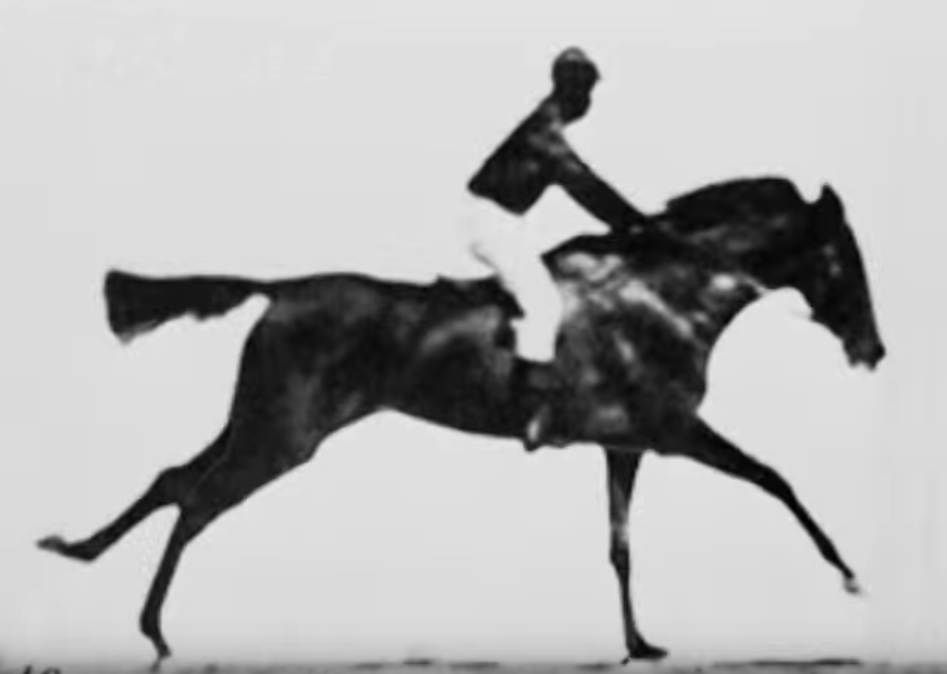We here a lot these days about ‘stories’, and how they are key to gaining folks empathy and trust. Smart advertisers don’t so much tell you how great their product or service is, they tell you about how your life will change for the better if you buy their product or service. They tell you a story (irony?).
And film or video needs a compelling story unless the ‘story ‘is just a flashy montage for a music vid. Even then, the music and vid will be better served if there’s at least some sort of a storyline that goes with the imagery and sound. Beyonce’s Formation music video has attributes of just being a montage, but contained within some of the scenes is a powerful indictment of the New Orleans police after Hurricane Katrina.
As we learned in Writing 101, a good story has a beginning, a conflict, a resolution, and ideally a grand finish.
We gave only a few seconds to capture the viewer’s attention or they’re already gone. Especially in today’s world of youtube, vimeo, facebook and a host of other online distractions. But fear not, with a stirring moving imagery and powerful sounds, we can capture their attention.
We also need to quickly establish ‘personalities’- even if they’re not human. Hence there’s a cracker company that has us identifying with a big orange cheese wheel. We have to give the viewer someone or something to relate to or they will have no interest in the emerging ‘conflict’. This usually involves quirky or endearing behavior that encourages some form of identification.
Then developing the conflict. Something’s not quite right. There’s a discomfort in the air, if not a huge problem arising. Tension is key. It builds, the music intensifies, the scenes become more frenetic. Gasp! And then everything somehow resolves and ideally the good guys live happily ever after.
Even in the corporate world of buying and selling, telling stories is critical to the marketing effort. When someone on the TV says ‘you need a new car!’ the natural reaction is ‘sure, but I don’t want to pay for a new car.’ But the story about why you need a new car is the story.
It’s not really so much about better gas mileage or new leather interiors as it is about how this car is going to make you feel. And all the facts don’t matter nearly as much as the emotional response the video creates. Indeed, psychologists appreciate that why we like the facts to confirm our buying decision, it’s mostly based on emotion.
So go on, call or click right now. You’ll be smokin’ in that new ride and the payments don’t start for months. Go on. Do it. You know you want to. Just buy the damn car…

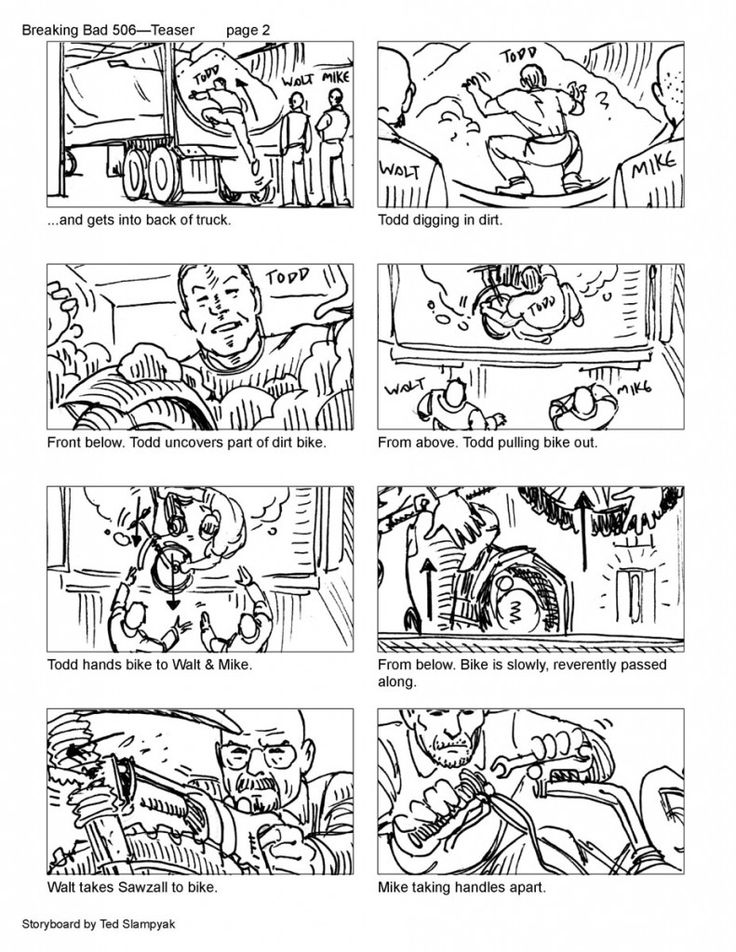
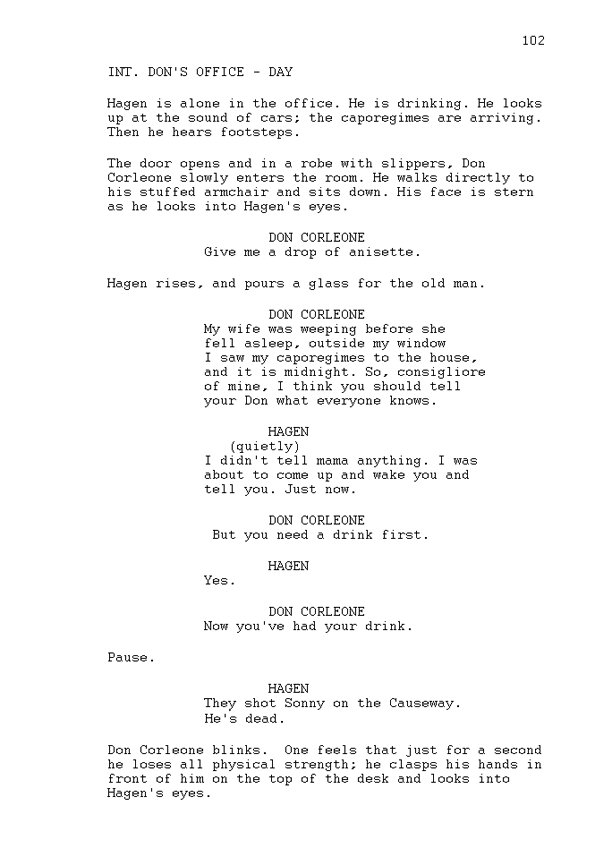


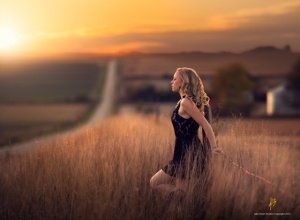
 There was no recording of images until 1816 when by a French inventor Joseph Niepce. He discovered a crude way to record an image using paper with a silver oxide coating. The modern camera was born!
There was no recording of images until 1816 when by a French inventor Joseph Niepce. He discovered a crude way to record an image using paper with a silver oxide coating. The modern camera was born!